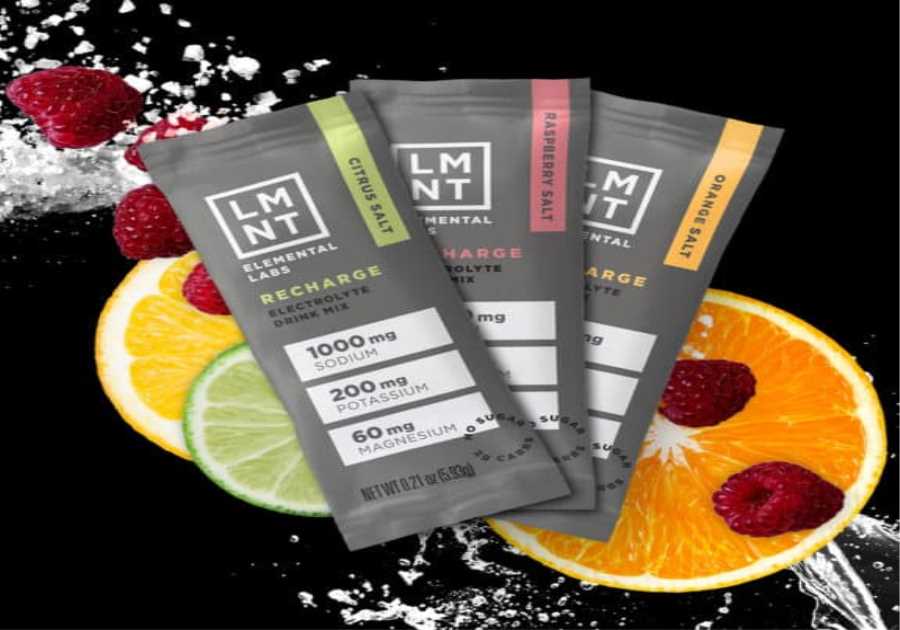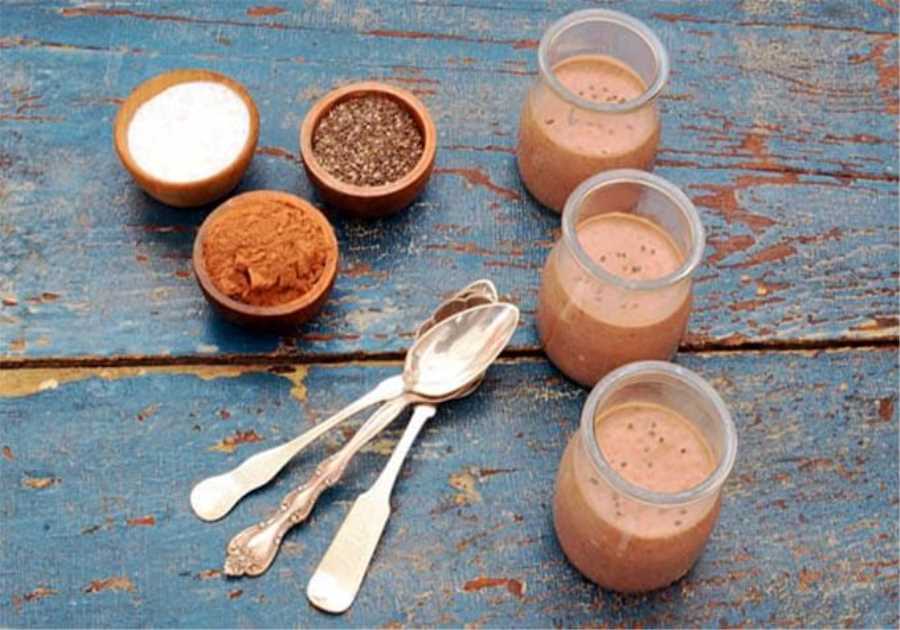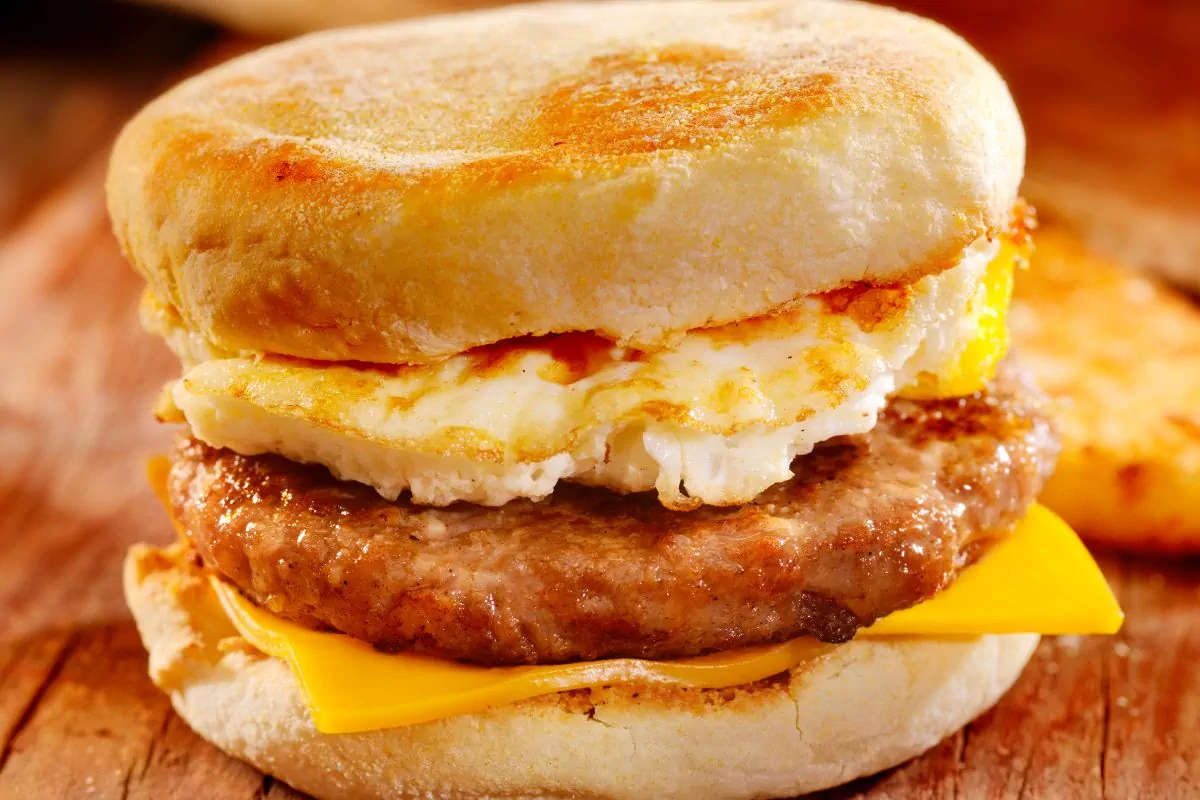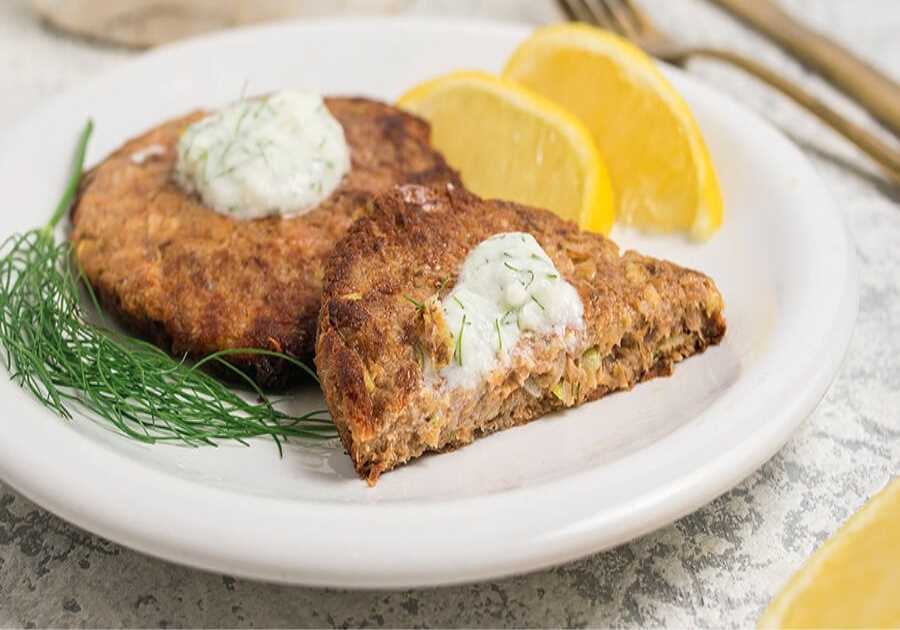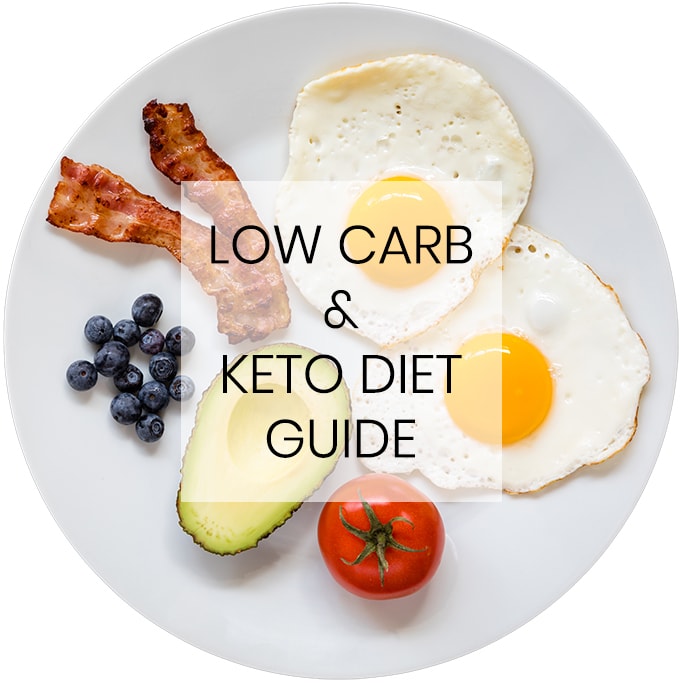
Discover the ultimate blueprint for setting yourself up for success with a keto diet plan.
Ready for a transformation? To totally revolutionize your lifestyle and turn everything you knew about nutrition on its head?
Now’s the chance! With this ultimate blueprint, you can set yourself up for success eating a keto diet.
Keto is a low-carbohydrate, high-fat diet that helps switch your body from burning glucose (a form of sugar) to burning fatty acid as its primary source of fuel.
This shift in metabolism has profound health benefits; it reduces inflammation, balances hormones, and helps burn fat for energy.
But if trying to formulate an effective ketogenic plan feels overwhelming – don’t despair!
Here’s the key: figure out where to start with relatively simple changes that yield big results.
Start by eliminating poor-quality carbs like white bread and processed snacks; rid your kitchen of sugary treats and fill it with nutrient-dense foods instead.
Think fatty cuts of meat, poultry, fish, healthy oils like olive oil or avocado oil, organic nut butters and seeds, leafy greens, and plenty of nonstarchy vegetables like cauliflower or broccoli.
Focus on finding fiber-rich carbs such as sweet potato or squash - they contain tougher cell walls which slow down digestion helping you feel full longer and stabilizing blood sugar levels.
Then incorporate healthy fats into each meal - things like ghee, avocado oil mayonnaise, and coconut oil ranch dressings are a delicious way to finish off your salad.
Consume bone broth regularly - it's especially helpful when transitioning into keto as it will keep hunger at bay while providing essential nutrients such as collagen protein plus electrolytes like magnesium & calcium.
Stick to three square meals daily plus snacks if needed - plan ahead by prepping easy go-to keto meal ideas so you'll never be tempted by hanger pangs inducing fast food or sugary treats on the run.
Make sure any supplements you take coincide with the goals in mind: Fish oil omega 3s promote heart health while fiber-based options help with appetite control & digestion. For optimal energy levels consider adding some B vitamins along with minerals such as magnesium or chromium picolinate for blood sugar balance support.
Above all else track your progress - set markers on what areas need improvement alongside how much food intake is eaten throughout the day via journaling or app notifications so results can be monitored over time!
Let's keep the good times rolling ...
Avoid processed and ultra-processed foods
There is a great deal of evidence that ultra-processed foods can have negative effects on our health. Many ultra-processed foods are loaded with unhealthy fats, added sugars, and sodium. They are also low in vitamins and minerals.
Ultra-processed foods are foods that have undergone a series of processes, including heating, adding flavorings and preservatives, and changing their texture. These processes have been developed to help products last longer on shelves.
The term "ultra-processed" was first introduced by a Brazilian research team in 2018. In recent years, studies have shown that eating a lot of ultra-processed foods increases the risk of various diseases. Among other things, people who consume a lot of ultra-processed food have a higher risk of obesity and cardiovascular disease.
Drink lots of water
During the Ketogenic Diet, drinking lots of water is an important part of maintaining your ketosis. If you're not careful, you could end up dehydrated, which can cause nausea and headaches. It also can cause you to feel irritable and tired, and your diet may fail.
The ketogenic diet is low in carbohydrates and requires little sodium, but it does require you to drink plenty of water. When you aren't properly hydrated, your body becomes less effective at burning fat.
Fortunately, there are a number of ways to ensure you are getting enough water. You can add flavored or fruit-flavored water to your regular intake, or you can use a carbonated water bottle to make your own flavored infused water.
Avoid artificial sweeteners
The keto diet involves avoiding sugars, but there are still plenty of natural sweeteners to choose from. If you want a more sweet taste, stevia is one of the best options. You can find stevia in powder form, or it can be a liquid.
A number of studies have shown that artificial sweeteners may affect the brain. Some research has also shown that they increase the risk of cancer. However, a recent study showed that they do not increase your risk of diabetes.
Sugar is often buried in many processed foods. This means that you have to be careful about the types of sweeteners you consume.
Reduce hunger cravings
The keto diet plan can help you reduce hunger cravings. It can also help you avoid overeating. Oftentimes, food cravings are due to a variety of factors, including poor sleep and stress. However, you can reduce your chances of feeling hunger pangs by changing your lifestyle.
To start out, try to remember why you're doing this. You might be tempted to eat a piece of chocolate or a cookie, but it's unlikely that you'll feel good about eating that. Instead, focus on healthier snacks and better nutrition.
If you're avoiding high-fat foods, try pairing an apple with nut butter. This will satisfy your craving without sabotaging your weight loss efforts.
Stabilize metabolism
The science of eating low-carb high-fat foods has been around for centuries. You may even be surprised by how tolerant your body is to this diet. Luckily, there are plenty of resources to help you make the switch. Some even provide a free plan to get you started on the right foot. With the right information, you can shed those winter pounds and get your mojo back in no time.
Keeping track of your macros is not as daunting as it sounds. You can easily measure your keto progress by checking your urine for ketones. In addition to being a smart choice for weight loss, you will enjoy all the benefits of a more balanced and active lifestyle.
Prevent hypoglycemia
Hypoglycemia is a serious health condition that can lead to death. It can also cause problems with your memory and your thinking. This can be caused by a number of factors, including too much insulin or too little glucose. Your doctor can help you manage the problem.
The best way to prevent hypoglycemia is to maintain consistent blood sugar levels. One easy way to do this is to eat frequently. Try to eat at least three meals a day. You can eat more often if you need to.
To make sure you are eating regularly, look at the glycemic index of foods. Those with a low GI are less likely to develop low blood sugar. These include fruits and vegetables like berries, prunes and unripe bananas.
Frequently Asked Questions
Can you eat rice with keto?
Hesitating? Is it worth the wait? The answer is yes and no. It depends on the rice that you choose. But it can easily be incorporated into your macros, which could lead to a change in the balance of your carefully curated diet.
Rice is a grain-based carbohydrate that packs rather large amounts of energy per serving. This means that most types of white and brown or wild rice should not be consumed in large amounts when you're counting calories or limiting carbs. Certain varieties of rice, like cauliflower and broccoli, have low carbohydrate levels, but still provide essential nutrients such as vitamin C, fibre and protein.
Cauliflower is a good choice for anyone trying to avoid eating rice while maintaining ketosis. However, this is an easy substitution. You should make sure you have enough water throughout the day so that you don't feel bloated from the additional starches in your rice meal.
Adding healthy grains such as low-carb alternatives like cauliflower rice may boost essential vitamins & minerals - along with providing an enjoyable texture -- to support a successful ketogenic lifestyle when executed correctly. If you are wondering whether you should eat rice while on keto, here is the answer. Pay attention to the type of rice and how many you choose. And, don't add any other fixings that could negate this wonderful grain's natural nutritional benefits.
What is a suggested lazy keto diet for beginners?
Beginning your keto journey can be an exciting but intimidating endeavour. All the information, books, and advice available on nutrition can make it easy to get overwhelmed. That's where the "lazy keto diet" comes in.
A lazy keto diet does not require you to track every macronutrient. Instead, it focuses on reducing your net carbohydrate intake to between 25-50 grams per day to reach and maintain ketosis. This is a less restrictive approach than traditional keto diets, as you don’t have to keep close track of your caloric intake and macronutrient ratio.
A lazy ketogenic diet is essentially a way to forgo tracking macros and eat whole, low-carb foods you love. This includes meats, eggs and dairy products as well as vegetables. Starchy carbs and added sugars are discouraged.
Lazy Keto is a great way to get low-carb lifestyle without sacrificing your favorite meals or compromising important nutrients. Lazy Keto is a great option for people who are just starting out on their health journeys and don't have the time or knowledge to understand keto nutrition plans. It also works well for people who need a break from counting macros every day, but still want to achieve their weight loss goals.
What happens the first week of keto?
It is essential to research your options before starting a ketogenic eating plan. You'll want to understand what foods are recommended and how many carbs you can have daily. Learning which foods help create the right balance of macronutrients is also important.
Once you have the basic information, it is time to start creating meals that suit your new lifestyle. You can help your body adapt to this new lifestyle by avoiding processed sugars and eating whole foods. A few tweaks can make it easier to focus and increase energy, as well as reduce cravings.
Next, you need to learn how to manage portion sizes and meal times while following the keto diet. This will allow your body enter a ketosis state where it burns fat for energy instead of sugar. You can track macros and consult with a nutritionist for one-on-one guidance.
Newcomers should take their time transitioning to the keto diet. This will allow their bodies to adjust before they go full throttle. This is a crucial step in the journey. It is vital to get adequate rest and keep hydrated. Allow yourself three days to assess whether this is working for your body. Each person responds differently to different things so you can give it some time.
Are I really going to need a Keto Food List or not?
What is the best way to determine if you have a keto food guide? Your keto journey should include a food list. Eating the right high-fat, low-carb foods is key to unlocking the potential benefits of the ketogenic diet. Finding the best fuel to achieve your goals can seem difficult with so many food options and recipes.
Knowing which foods are permitted on the keto diet can make meal planning easier and help ensure that you have enough variety every day. A keto food guide simplifies the process by giving you information about what you should be eating and some tips on how to prepare it. It also gives you an easy reference guide that can take you to the grocery store or when eating out at restaurants.
In addition, having a well-balanced nutritional approach to eating can help maximize weight loss results while maintaining overall wellness. This means that you should consume 12-15% protein, 15-30% of fat, and no more then 5% net carbs in order to reach the metabolic state called ketosis. It is important to choose meals that provide maximum nutrition with minimal carbs.
The reliable keto food list can help you move towards cleaner eating habits to improve your health and live a more fulfilling life. This resource is a great way to get started on your journey towards achieving your lifestyle goals.
How much fat is necessary to eat?
Important to ensure adequate essential fatty acids is an important part of a ketogenic eating plan. This means that you should eat foods rich in healthy fats such as avocados, salmon and other nuts. You should also make sure you include other fat sources in your diet like butter, olive oil and coconut oil. These fats can provide many health benefits, such as better cognitive function, digestion and a stronger immune response. It is best to consume between 25-35% to 25% of your calories from fat.
Also, it is important to be aware that ketogenic diets can increase your risk of developing heart disease. Avoid saturated and trans fats as they can increase your chances of developing heart disease and other chronic diseases. Instead, focus on incorporating healthy fat sources such as olive oil, avocados, nuts, and fatty fish into your diet. You will be able to obtain the essential fatty acids as well as other nutrients you need to keep your body healthy and energetic.
You should eat healthy fats. It is also important to watch how much fat you ingest. Too much fat can lead you to weight gain. However, too little fat can cause fatigue and other health problems. You need to find the right balance for you and your life. To ensure you get the right amount of fat, try tracking your daily intake with an app or food journal. This will help you keep track of your daily intake and ensure that you receive the right amount essential fatty acids.
It is important to note that a ketogenic diet shouldn't be used as a quick solution for weight loss. Although it may help you lose weight quickly, it is not a good way to eat balanced meals and get sufficient nutrients. Too much fat and too little carbohydrate can cause nutrient deficiencies, as well as other health problems. It is important that you consult your doctor before beginning a ketogenic diet.
Statistics
- When following a ketogenic diet, carb content is between 5–10% of calories consumed, though looser versions of the diet exist (7Trusted Source (healthline.com)
- One older study found that the ketogenic diet improved insulin sensitivity by a whopping 75% (25Trusted Source (healthline.com)
- Carbohydrates are the body's preferred source of energy, but on a strict ketogenic diet, less than 5% of energy intake is from carbohydrates (learn more in our beginner's guide for the ketogenic diet). (eatingwell.com)
- But, a 1-ounce slice of cheese delivers about 30% of the Daily Value for saturated fat, so if you're worried about heart disease, consider portion size when eating cheese. (eatingwell.com)
- The ratio is often 60% fat, 35% protein, and 5% carbs. (healthline.com)
External Links
hsph.harvard.edu
ruled.me
cambridge.org
pubmed.ncbi.nlm.nih.gov
- Implementing a ketogenic low-carbohydrate diet for type 2 diabetes management - PubMed
- PubMed: [Eggs do NOT increase the risk for cardiovascular disease and can safely be eaten]
How To
Ketogenic Diet incorporating Exercise
A healthy lifestyle requires that you exercise regularly and give it a boost. These goals can be achieved by incorporating the ketogenic diet principles. This will create the ideal conditions for losing excess fat and building lean muscles.
This is a way to create a body transformation that is fashionable and also sustainable. Although it is possible to start exercising immediately, professional guidance is recommended in order to achieve gradual improvements and long-lasting results.
It's not enough to burn calories. You also need to consider creating programs that are specific to each person's needs and concerns. Intense Strength Training (HIIT), has gained popularity as a way to quickly increase metabolism and give structure to your body.
You could also opt for low resistance training. This allows you to get plenty of rest while doing cardio exercises such walking or jogging, and still achieve substantial results without putting yourself at risk of injury or fatigue.
Ketogenic dieting coupled with regular workouts allows you to gain greater control over what you eat and how you feel, providing a unified path for gaining physical strength, improved mental clarity, and all-around balance & wellness. These two elements create a system that allows for steady progress, with very few side effects, provided you follow the doctor's instructions. It gives you the ability to live more fully and enjoy life more!

